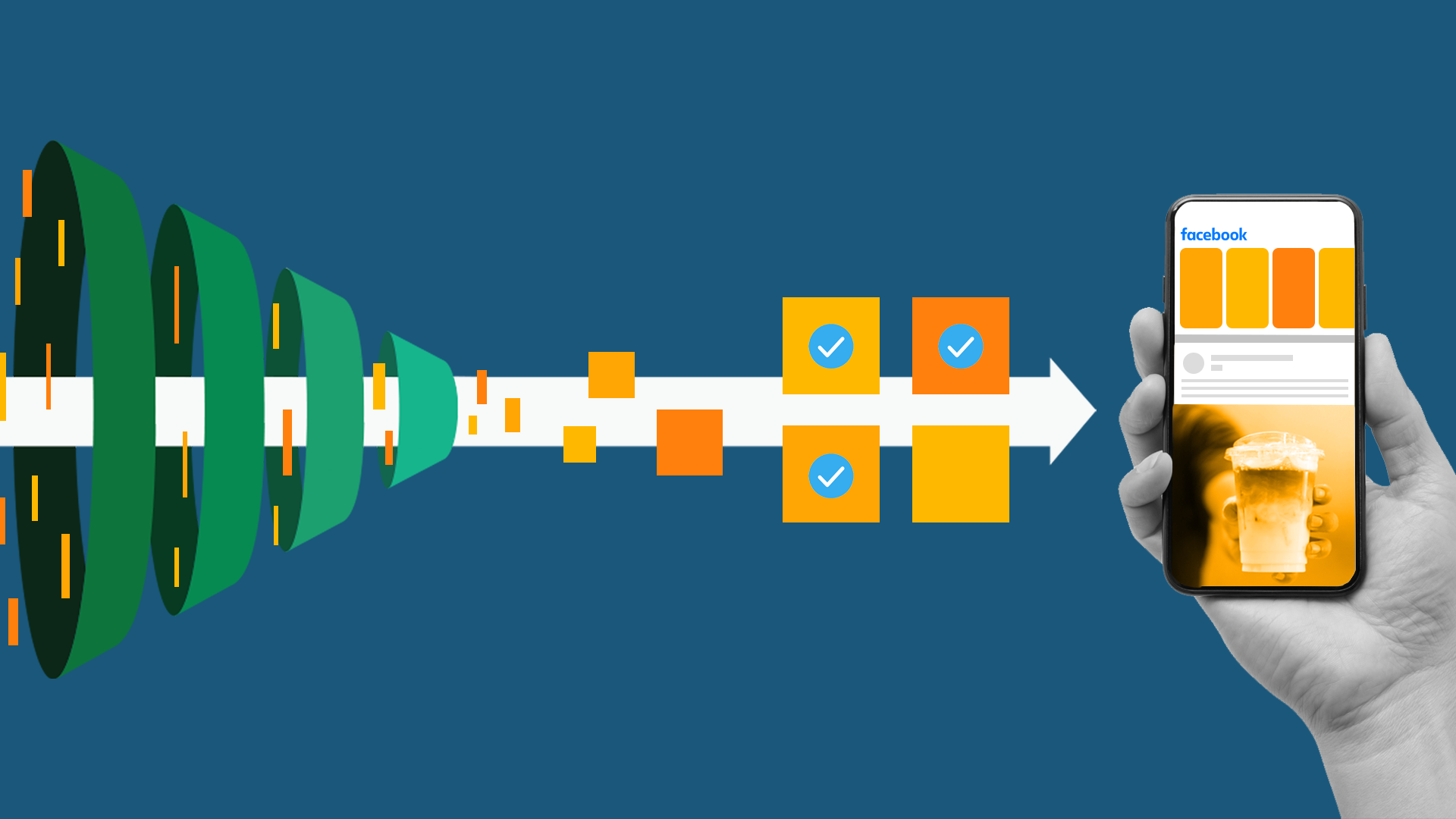CTV & OTT Advertising: A Brief Overview for Marketers

OTT (over-the-top) and CTV (connected TV) are rapidly shifting TV consumption—and advertisers are clocking the trends.
I’m sharing some tips on how you can increase performance of your OTT advertising by creating smart, targeted video marketing campaigns. But first, we’ll need to discuss the basics of OTT to make sure we’re all on the same page, especially for those who may be new to the space.
Why incorporating OTT & CTV into your advertising strategy is a must
First, let’s clear up some confusion since both CTV and OTT are often used interchangeably. CTV refers to Connected TV, or any TV that can connect to the Internet. CTVs can stream OTT content. For the purposes of this article, I’ll be talking primarily about OTT, but know that CTV advertising is inclusive of OTT.
With over 300 OTT providers in the market today (e.g., Amazon, Roku, Disney+), OTT is well-positioned to soon be the dominant force in the entertainment landscape. Ad budgets are rightly being reallocated from broadcast to OTT as brands look to take advantage of the power of OTT advertising.
OTT combines the benefits of TV—in that ads are often 100% viewable (note: some are skippable)—with the targeting and tracking digital marketers have come to rely on. And, given that OTT audience data is first-party, OTT will likely become the best bet for audience targeting as cookies become a thing of the past.
Learn More: Your Guide to Connected TV Video Ad Specs
What does the OTT advertising landscape look like? Where is the video inventory?
When it comes to advertising, there are four main types of OTT players you need to understand: Smart TVs (which are CTVs), OTT Devices, OTT Apps, and DSPs (demand-side platforms).
- Smart TVs. These are internet-connected TVs (CTVs) manufactured by many, including Vizio, Samsung, LG, and TCL. Video inventory includes OTT app inventory (in exchange for being featured in the Smart TV’s interface, the hardware manufacturer sells a portion of the app’s inventory) and some home screen banners (many of which are static). Some also own free streaming services (e.g., Watch Free or Samsung TV Plus) that have ad inventory and sponsorship opportunities.
CTVs offer robust audience targeting, and they also offer the ability to target certain genres/categories. While you won’t get instant/digital ad engagement data, you can get app engagement data (e.g., clicks on apps and time spent in-app). For your ads, you’ll primarily get a lot of what I like to call “eyeball data”—this is like impressions, but it’s likely that several people in a household are watching TV together. There’s no real-time conversion data available, though some attribution measurement is available via third-party vendors.
- OTT Devices. Streaming devices that connect to a TV, including Roku, Amazon Fire TV Stick, Apple TV, Xbox, and PS4. The general video inventory available with OTT Devices is similar to that of Smart TVs: OTT app inventory and home screen banners. They too have free channels (e.g., Roku Channel) that they sell ad inventory on. Additionally, OTT devices sometimes offer sponsorship of certain categories or shows.
Like with CTVs, you’ll be able to take advantage of robust audience targeting using audience data collected by OTT devices, and you can get a lot of eyeball data and app engagement data, too. Additionally, some devices offer real-time conversion data (e.g, Amazon can track sales).
- OTT Apps. These are streaming apps that are housed on Smart TVs or OTT Devices. Some common OTT apps include Netflix (though there’s no ad space), CNNgo, and Hulu, and many do include ad space. Some also offer sponsorship of certain categories or shows.
The primary advantages of OTT apps are their ability to target audiences based on viewing habits and first party audience data, and also the ability for you to place ads in certain genres/categories. Some OTT apps allow for deeper content curation and even give you the ability to target audiences at the show-level. As far as performance data, you’ll mostly rely on those eyeball figures. No real-time conversion data is available via OTT apps, though you can pursue some attribution measurement with third-party vendors.
- DSPs. Some DSPs—such as Xandr, Amazon, or DataXu (now owned by Roku), for example—have OTT apps and CTV ad space as sources of inventory that can be purchased. If available, you can leverage DSPs to deploy programmatic ads on OTT apps and devices.

How can you increase performance on OTT?
Now that you have an understanding of the OTT landscape, let’s talk about how to create engaging video ads. First, you must accept that there is always a level of experimentation involved with any emerging platform, and OTT is no exception. Embrace multivariate testing to increase your chances of success and accelerate learning.
Audience-Targeted Creative
OTT is the perfect environment to distribute and test audience-targeted creative. You can leverage any video attribute (e.g., concepts, visuals, talent, audio, messaging) to deploy targeted creative and quickly get learnings about what resonates with your OTT audience.
For example, Ford may consider cutting two different versions of an ad from a single live action shoot: one targeted at buyers likely to consider the Ford F150, and another for a Ford Edge audience. With its first-party data, OTT allows you to find your target audience with heightened precision so you can serve them with hyper-relevant content to drive performance.
QuickFrame can help you produce strategically-crafted creative, quickly and affordably. Check out the work we did with Self recently to lower their CPI by 28% by creating 8 different commercials in just 3 weeks to target specific audiences:
Learn more about our work with Self.
Video Intelligence
With all of the audience targeting opportunities available on OTT, you can even further fine-tune your creative and increase performance by taking an audience-specific video production mindset that’s fueled by data. QuickFrame does this with our customers by leveraging our Video Intelligence technology, which analyzes and provides content data to show you which variables are linked to performance.
If you’re already running OTT, QuickFrame will analyze your OTT videos against available performance metrics to find out which variables are working best. If you’re new to OTT, we will analyze other channels to give you some insight into what works.
Armed with Video Intelligence data, you can learn which variables are most closely correlated to your specific KPIs so you can maximize your budget to create video that will perform.
OTT Advertising: The Takeaway
OTT is growing at a rapid pace, offering ample opportunity for advertisers to deploy targeted, non-skippable video ads to an engaged audience. Pair the opportunity with Video Intelligence and you can deploy video content that resonates and works.
Do More with Video
Learn how we can help you produce more quality videos affordably and at scale.



